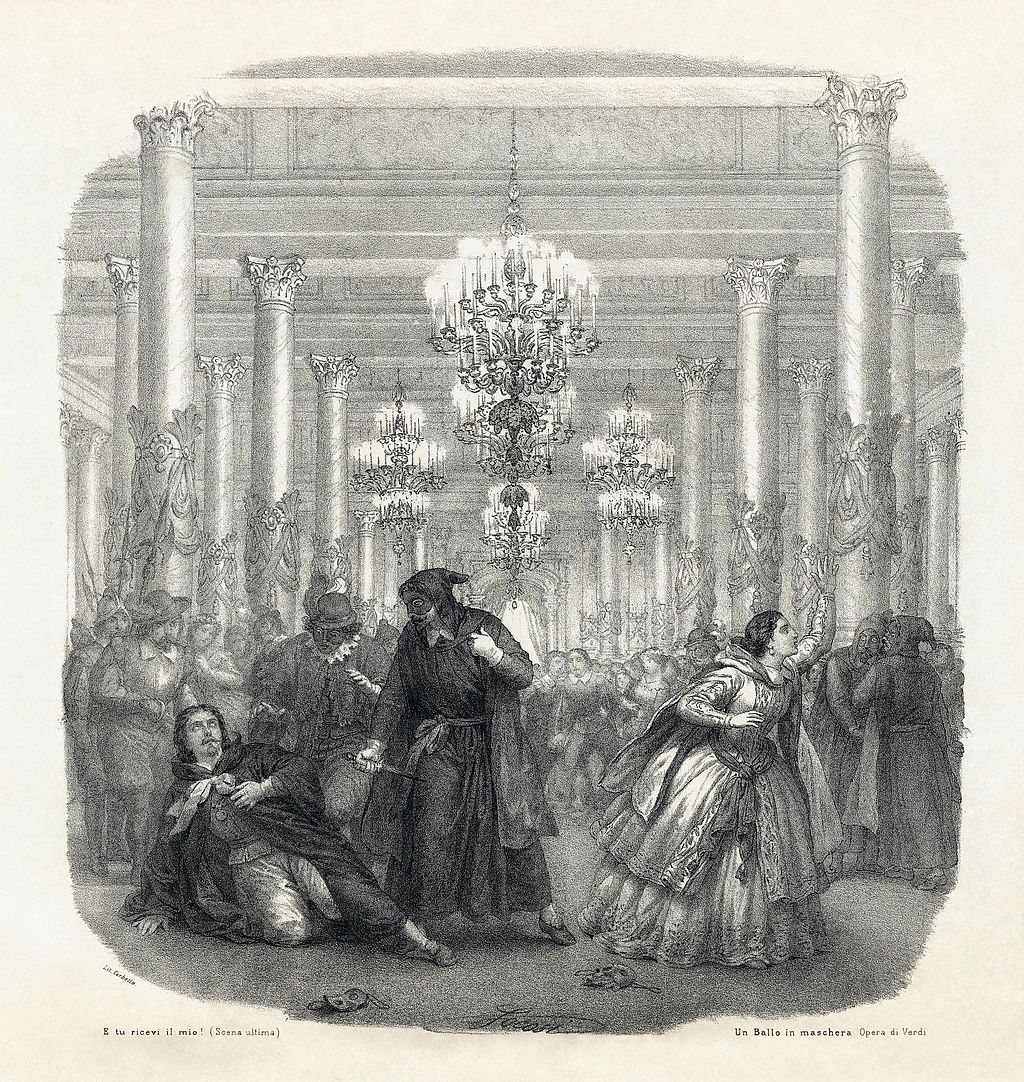On March 16, 1792, King Gustav III of Sweden was shot while enjoying a night out at the opera house. He died from his injuries two weeks later. His assassination ended the long-running feud between himself and Sweden’s aristocracy. In fact, it was the aristocracy that killed him.
Twenty years earlier, Gustav pulled off a coup d’etat against the Swedish Parliament, installing himself as king and ending democracy in the country. During his reign, he instituted several social reforms, reducing the use of torture and the death penalty, legalizing Judaism and Catholicism, building new infrastructure, and funding a series of cultural projects. He also waged a relentless war against Sweden’s aristocracy, trying to bring them back under the full control of the king. The aristocracy did not like the idea.
Two developments turned that dislike into a murder plot. One was the fact that Gustav started becoming belligerent toward Russia. The other was Gustav making a law that took most of the power away from the aristocrats and gave it to himself. The Swedish nobility saw themselves as having only no other choice, both to save their country from war and themselves from becoming powerless, so they put in motion a conspiracy to assassinate the king.
They made their move in 1792 when Gustav was attending a masked ball at the opera house. The conspirators tried to be clever but didn’t really manage to pull it off. They all wore the same mask, presumably to make it impossible to tell who fired the shot. They were, however, all caught immediately. In fact, the only reason they succeeded at all was because of Gustav’s overconfidence. He was actually warned of the plot beforehand but went to the ball anyway.

